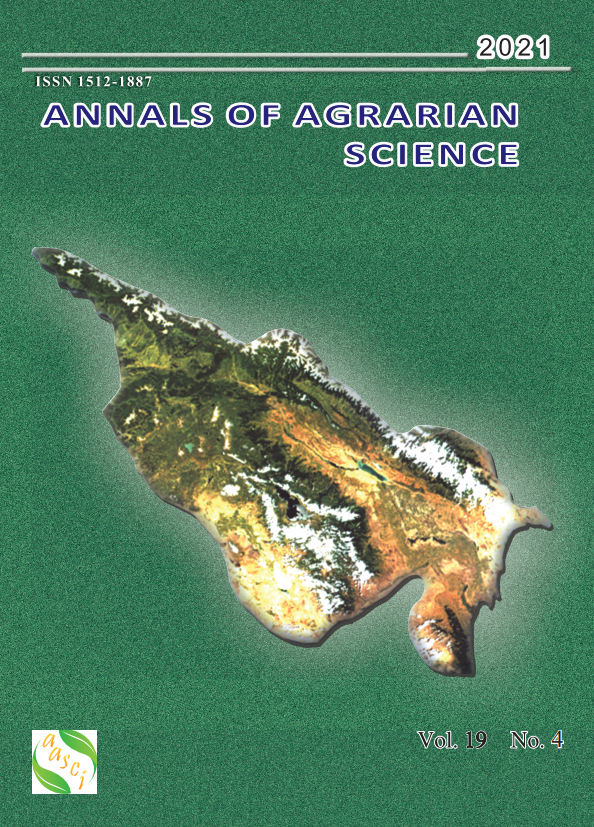Development and laboratory and field testing of new combined insecticides against the resistant and non-resistant populations of the Brown Marmorated Stink Bug (Halyomorpha Halys)
Keywords:
Brown Marmorated Stink Bug, Synergy, Biological effectiveness, Combined insecticides, Resistance, Acute toxicity, Nanoinsecticides.Abstract
The Brown Marmorated Stink Bug (BMSB) is among the most serious pests for agriculture. It can cause a significant social nuisance. Development and laboratory testing of new synergistic insecticidal mixtures highly effective against this invasive pest and less toxic to the living environment (especially humans, mammals, birds, pollinators and other useful insects, aquatic organisms) is an extremely urgent challenge for the modern applied enthomology. Synergy of pyrethroidal (bifenthrin, gamma-cyhalothrin) and organophosphorous (malathion, dimethoate) active substances was investigated and the contribution of additional components (mineral dusts, essential oils, emulsifiers, dispersers and hydroxiethilcellulose) to the total joint biological effectiveness of the mixtures was assessed. It was found that the both studied mixtures (with byfenthrin + malathion and gamma cyhalothrin + dymethoate) showed a clearly expressed synergy and increase of biological effectiveness in comparison to the separate components. At the same time, the observed synergistic effect of malathion- and bifenthrin- based mixture against the insect populations was obviously lower in Abasha and Senaki municipalities, than in Kobuleti and Khelvachauri municipalities of Georgia. Difference in biological effectiveness of gamma-cyhalothrin- and dimethoate- based mixtures for the insect groups was significantly lower. The most reliable explanation of this shift could be the resistance developed by Abasha and Senaki populations due to the five-year long enhanced treatment with bifenthrin based formulations. The acute toxicity of the newly developed combinations to mammals and bird embryos was found to be 3-5 times lower, than of the widely applied insecticidal modalities. The data of laboratory testing of the biological effectiveness of insecticidal combinations were supported by the results of field trials of the five insecticidal formulations in a corn field and a hazelnut plantation held with the technical support of the National Food Agency of Georgia of the Ministry of Environment of Georgia.



